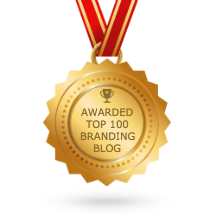Finding an obsession
When you apply the concept of provenance to brands, it becomes a concept centred on systematically and competitively ‘localising’ what you’re about rather than diversifying to try and meet the generalised needs of the wider world. So it’s about having a narrowcast brand: one focused to the point of obsession on a specific area of passion. Provenance is also about those other valuable ideas that the word in its original meaning conjures: focus; love; purity of thinking; authenticity; deep knowledge. That obsession can then be marbled through every aspect of the brand: language; environment; innovation; strategy … People may worry that such devotion to a single idea will stifle adaptability, but my experience is that brands that see the world through the lens of an idea they subscribe to passionately are also able to find latitude and opportunity within that idea whilst growing a strong and devoted following. Far from being restrictive, being obsessive provides a framework for creative approaches. The way I see it, brands increasingly have three powerful emotive strategies going forward: they …


